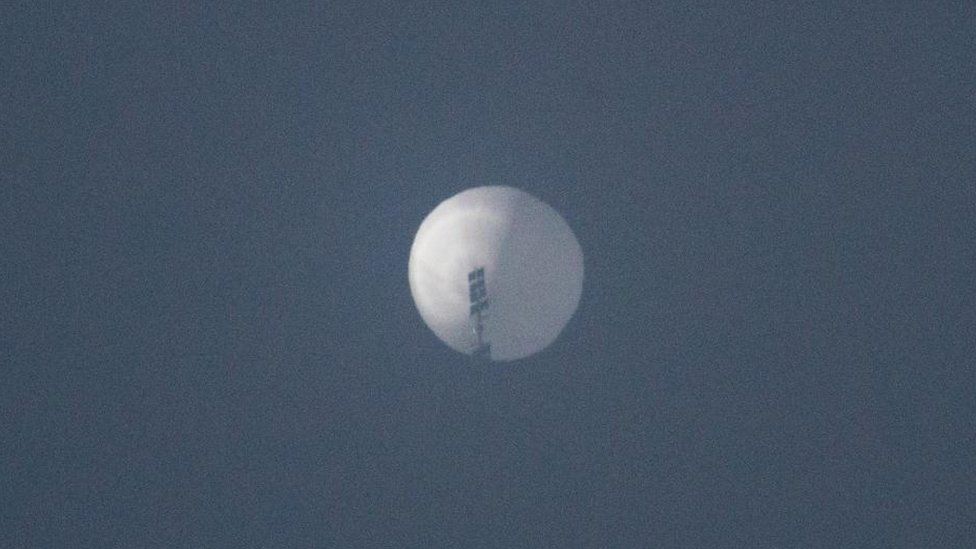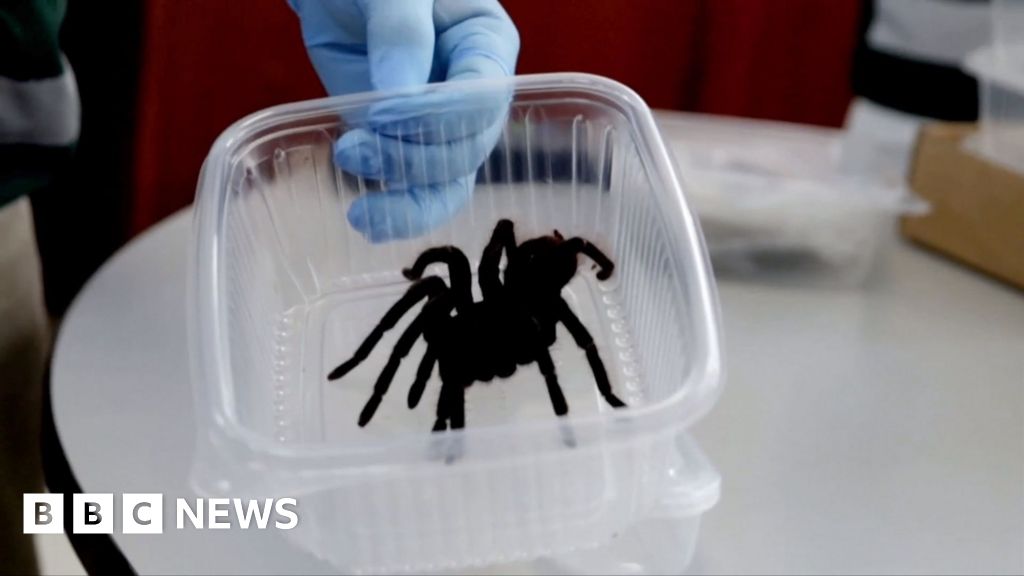ARTICLE AD BOX
 Image source, Reuters
Image source, Reuters
The suspected Chinese spy balloon spotted over the city of Billings in the state of Montana
News of a suspected Chinese spy balloon floating over the US has left many wondering why Beijing would want to use a relatively unsophisticated tool for its surveillance of the US mainland.
The capabilities of this particular balloon are unclear, but experts say it serves more as a "signal" than a security threat.
It was spotted floating over the state of Montana, days before US Secretary of State Antony Blinken's visit to China.
The top US diplomat is expected to meet China's President Xi Jinping, making him the first in his role to do so.
"Beijing is probably trying to signal to Washington: 'While we want to improve ties, we are also ever ready for sustained competition, using any means necessary', without severely inflaming tensions.
"And what better tool for this than a seemingly innocuous balloon," independent air-power analyst He Yuan Ming told the BBC.
Balloons are one of the oldest forms of surveillance technology. The Japanese military used them to launch incendiary bombs in the US during World War Two. They were also widely used by the US and the Soviet Union during the Cold War.
More recently, the US has reportedly been considering adding high-altitude inflatables into the Pentagon's surveillance network. Modern balloons typically hover between 24km-37km above the earth's surface (80,000ft-120,000ft).
The US Department of Defence on Thursday said the balloon is "significantly above where civilian air traffic is active". It also said it had "very high confidence" that the balloon belongs to China.
But China expert Benjamin Ho said Beijing had more sophisticated surveillance technology at its disposal.
"They have other means to spy out American infrastructure, or whatever information they wanted to obtain. The balloon was to send a signal to the Americans, and also to see how the Americans would react," explained Dr Ho - coordinator of the China programme at Singapore's S Rajaratnam School of International Studies.
It may even be the case that China wanted the US to detect the balloon.
"It's possible that being spotted was the whole point. China might be using the balloon to demonstrate that it has a sophisticated technological capability to penetrate US airspace without risking a serious escalation. In this regard, a balloon is a pretty ideal choice," said Arthur Holland Michel from the Carnegie Council for Ethics in International Affairs.
Nevertheless, the experts point out that balloons can be fitted with modern technology like spy cameras and radar sensors, and there are some advantages to using balloons for surveillance - chief of which is that it is less expensive and easier to deploy than drones or satellites.
The balloon's slower speed also allows it to loiter over and monitor the target area for longer periods. A satellite's movement, on the other hand, is restricted to its orbital pass.
Although China has not admitted it launched the balloon, Mr Michel says it is unlikely anyone else could be responsible.
"The [US Department of Defence] would likely not say that it is a Chinese balloon unless they have a fairly high degree of certainty that that is what it is."
The balloon's anticipated flight path near certain missile bases suggests it is unlikely it has drifted off course, He Yuan Ming said.

 1 year ago
25
1 year ago
25








 English (US)
English (US)